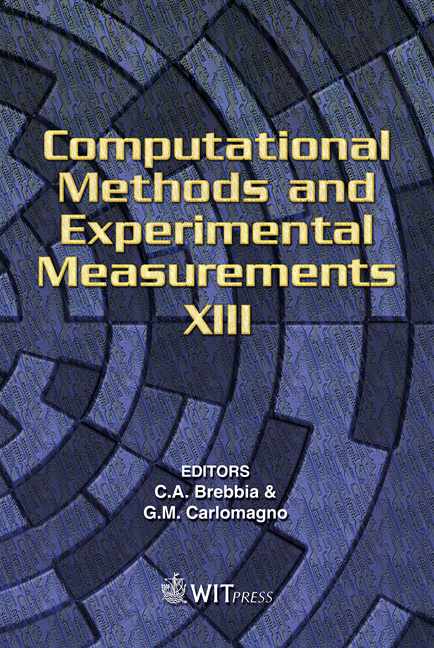Excessive Accelerations In Bridges For Korea High-speed Railway
Price
Free (open access)
Transaction
Volume
46
Pages
10
Published
2007
Size
1236 kb
Paper DOI
10.2495/CMEM070671
Copyright
WIT Press
Author(s)
J. W. Kwark, J. R. Cho, W. J. Chin, B. S. Kim & E. K. Cho
Abstract
When the Korean high-speed train (KTX) runs over a high-speed railway bridge, the high-speed railway bridge gives quite a large acceleration response. Local vibration at the large cross section, the impact from equally spaced sleepers, the vibration due to elastomeric bearings, and the vibration from the train itself are the causes of this acceleration response. Maximum peaks of the accelerations measured at the bridges are sometimes going over the limit value. Although it is smaller than 0.35G, the limit from the Korean Bridge Design Manual (BRDM), this acceleration response should be reduced for the safety of running trains with high-speed. In this paper, to reduce the acceleration response by controlling excessive local vibration at the large cross section, the vibration reduction method is studied. The result shows that the effect of elastomeric bearings on the vibration of the bridge is very large and that the vibration reduction device is effective against a wing mode local vibration PSC box girder bridge for the high-speed railway, which usually has a very large cross section, although it has little effect on global vibration modes such as flexural and twisting modes. The test of the vibration reduction device on the bridge in service has been performed in this study. Keywords: high-speed train, dynamic behaviour of bridge, reduction of vibration, damper, box-girder bridge, excessive acceleration. 1 Introduction Approximately one-third of the whole length of the Gyeongbu high-speed railway line, which opened to traffic on April 1, 2004 in Korea, is constituted by
Keywords
high-speed train, dynamic behaviour of bridge, reduction ofvibration, damper, box-girder bridge, excessive acceleration.





